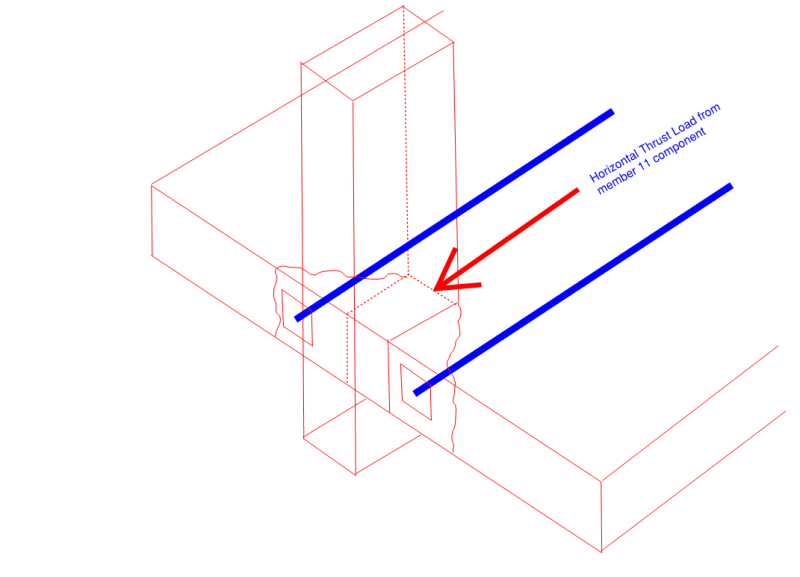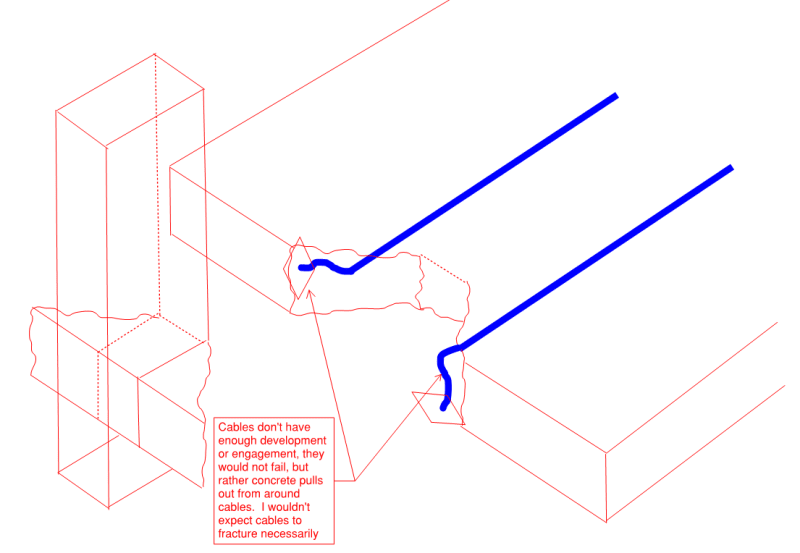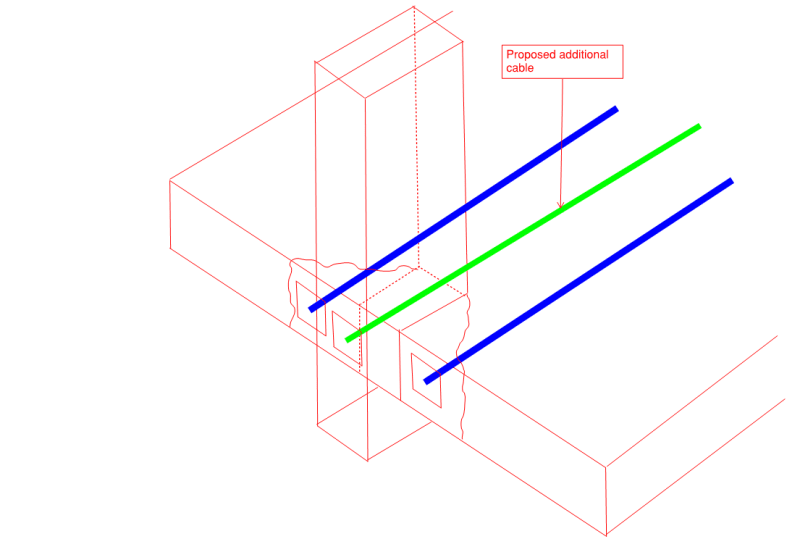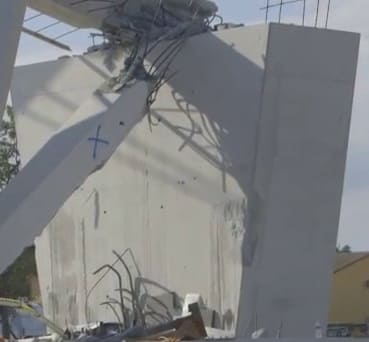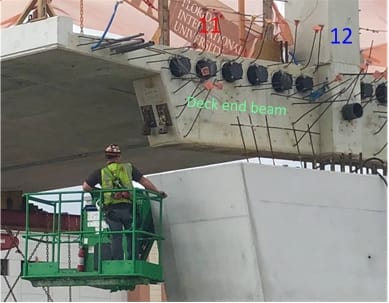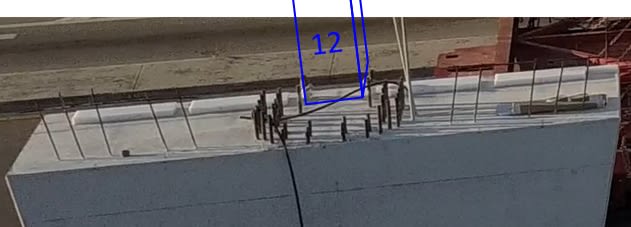SheerForceEng
"I must stress again that this is not a complex sturcture and indeed a truss is something we all learn in Engineering 101 at university."
Totally disagree and possibly this type of off the cuff thinking is why we are now even discussing this failure. I believe that a very experienced engineering firm may have neglected some of the reasons this structure as designed is more complex that they thought. Shear lag problems are much more complex than taking a 45 deg or other angle to see how many strands might be effective in providing resistance in the bottom chord near the sockets. I do agree that some simple hand calculations would lead me to suspect that there was a problem at the truss joints with the chords and do more detailed checking. Don't require a powerful computer running complex data input to adequately deign a complex structure. Many complex structures were successfully designed and erected with only slide rules available; I worked on many of these in my very early years.
In Part II and Part III I summarized why this structure as far as stress analysis is far more complex that a simple pin jointed truss.
"I must stress again that this is not a complex sturcture and indeed a truss is something we all learn in Engineering 101 at university."
Totally disagree and possibly this type of off the cuff thinking is why we are now even discussing this failure. I believe that a very experienced engineering firm may have neglected some of the reasons this structure as designed is more complex that they thought. Shear lag problems are much more complex than taking a 45 deg or other angle to see how many strands might be effective in providing resistance in the bottom chord near the sockets. I do agree that some simple hand calculations would lead me to suspect that there was a problem at the truss joints with the chords and do more detailed checking. Don't require a powerful computer running complex data input to adequately deign a complex structure. Many complex structures were successfully designed and erected with only slide rules available; I worked on many of these in my very early years.
In Part II and Part III I summarized why this structure as far as stress analysis is far more complex that a simple pin jointed truss.

